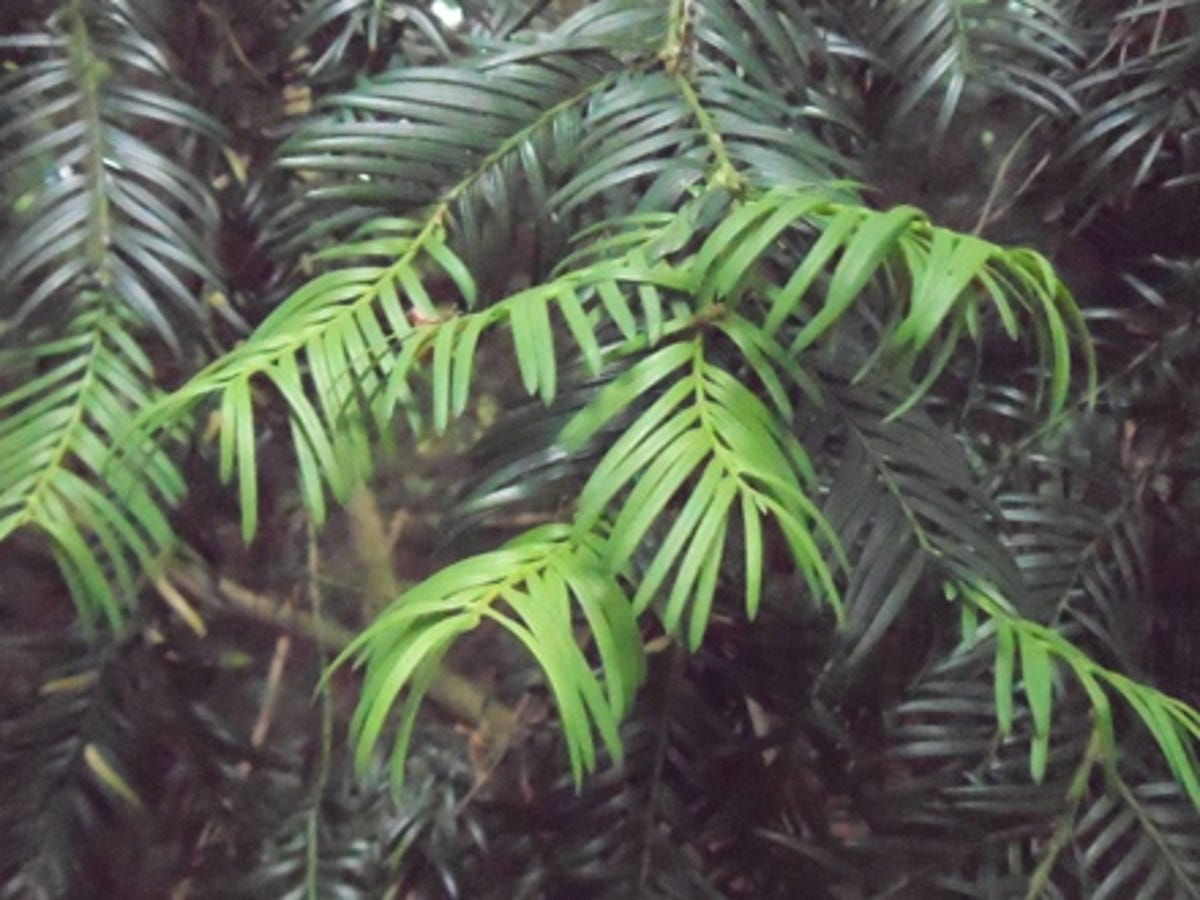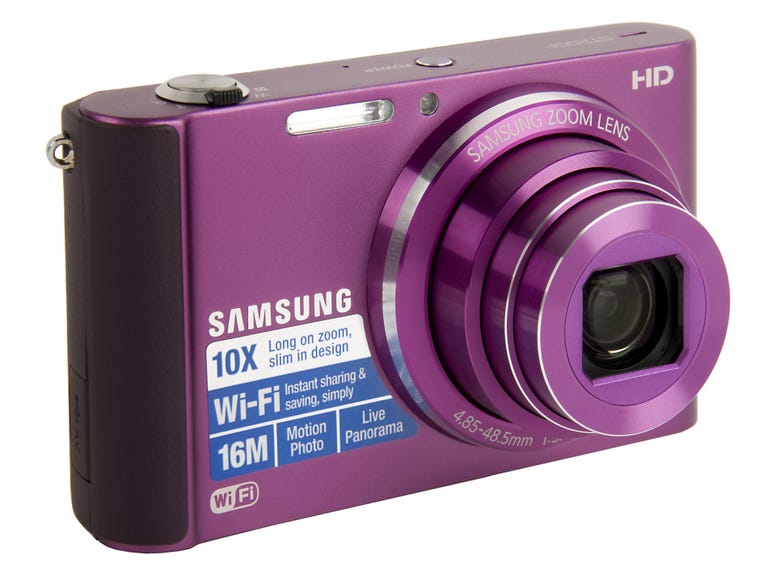 Why You Can Trust CNET
Why You Can Trust CNET Samsung ST200F review: Samsung ST200F
The Wi-Fi-enabled Samsung ST200F is extraordinary value for money and reliably produces vibrant, accurate results.
The compact, attractive ST200F is one of Samsung's Smart Camera-branded snappers. This is a nod to its Wi-Fi features, which let you directly upload shots to Facebook, Picasa and Photobucket, share them with a smart phone or tablet, email them or back them up to a PC.
The Good
The Bad
The Bottom Line
The Samsung ST200F is available to buy now for £130.
Sensor and sensitivity
It has an effective resolution of 16.1 megapixels, delivering shots of 4,608x3,456 pixels. This is high for so small a device, yet the ST200F carries it off very effectively, with noise kept to a minimum throughout my tests. This was helped -- in part -- by a lowest sensitivity of just ISO 80. At the opposite end of the scale, it hits ISO 3,200. Naturally, when you push it that far, you're going to see increased levels of noise and there's a definite softening of fine detail, but colours are accurately retained and the result isn't the painterly-like output produced by some rivals.

At lower sensitivities, the results were very clean. The signpost below was shot at ISO 80 and the grain, moss and flaking paint on it are very cleanly reproduced and easy to make out. There's no sign of noise or dappling around corners, edges or sharp contrasts.
The sensor itself sits behind a 10x zoom, equivalent to 27-270mm on a conventional 35mm camera. At full telephoto, this is suitable for shooting more distant wildlife and sports events, while 27mm gives you plenty of space for landscapes.
The maximum aperture at wide angle is f/3.1, which gives a good shallow depth of field for portraits and close-up work. At the fullest extent of the 10x zoom, it's a fairly regular f/5.6, which is still bright enough to allow for brief exposures in low light conditions -- particularly if you adjust the sensitivity to compensate.
Colour and lighting
Its recognition of complex scenes with tricky lighting is excellent. I could easily have excused it if the shot below, of a church spire positioned with the sun directly behind it, was rendered in silhouette. However, there's plenty of colour in the spire, tower and shadow, and it hasn't burned out the sky in an effort to brighten the scene sufficiently to avoid losing details in the centre of the frame.
The colour reproduction in more balanced set-ups is, likewise, excellent. Shooting from the opposite end of the same building, the sky and foliage in the shot below are vibrant, but they're also true to the original scene. Furthermore, the resolution demonstrated in the receding lines of the roof tiles is excellent, with each row of tiles clearly and easily picked out, even as they converge.
In shots with a more muted colour palette, it still did an excellent job of drawing out plenty of detail. The portico below has just one colour yet the ST200F has clearly picked out variations in surface texture and the fresco above the door. The transition from light to shade on the front of each column is smooth and well controlled too. There's a slight loss of detail outside of the centre of the frame though, where the gravel has become a less distinct texture and there's slight smudging on the chimney pots.
Macro and focus
Macro performance was excellent, with a shallow depth of field keeping the subject in focus and an attractive bokeh effect surrounding it. The petals on the flower below are very clearly rendered with accurate colours and sharp edges.
However, in a regular wide-angle shot, there was some variation in the level of focus across the frame. It's often the case that a camera will produce sharper results at the centre of the frame -- where the light arrives in a straight line -- than at the corner or edge, where it has to be bent by the lens to reach the chip. Here, it's clear that while the branches -- and the bark -- are sharp at the centre of the frame, there's a significant loss of detail in the corners.
Video test
The ST200F shoots HD video at 1,280x740-pixel resolution, and regular movies at 640x480 or 320x240 pixels, at rates of 30 frames per second or 15fps. The maximum length of a single shot is 20 minutes, assuming you have sufficient free capacity on your storage card.
Results are good, with colours true to the originals and a clean, clearly recorded soundtrack. There's no suggestion of any zoom noise on the recorded movie, but that's because the ST200F reduces the gain on audio to compensate. So although your background soundtrack won't disappear altogether, you will notice a slight dip throughout the duration of the zoom operation. It compensates smoothly for changing light levels.
There's no direct access to the movie mode without stepping through the menus as there's no hardware record button. That means you have to switch back to stills shooting when you've finished if you don't want to risk missing a spontaneous shot the next time you turn on the camera.
Conclusion
The Samsung ST200F's built-in Wi-Fi features make it easy to share your content without using a computer, and the combination of high resolution and long zoom make for a very versatile pocket camera.
Image quality was good -- pretty much across the board -- with accurate colour recognition and sharp images, despite a slight fall-off in the level of focus in the corners and edges of some frames.
Like the rest of the Samsung cameras I've reviewed over the last few months, it uses microSD memory cards. These can be bought with an adaptor to fit into standard SD card reader slots. So if you're upgrading from a camera that uses conventional SD cards, you'll have to budget for buying a new one. Fortunately, they're not expensive and you can pick up an 8GB card for around £12, including an adaptor, if you shop around.
At just £130, it's very keenly priced for a brand-new camera. This is what you'd expect to pay for something in this class that's 12 to 18 months old. That will do much to offset most users' need to spend a little more on new memory cards and it makes the ST200F an unqualified bargain.


